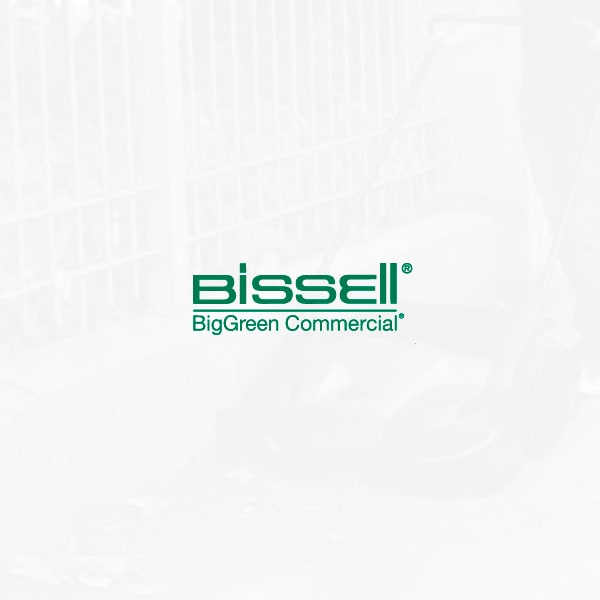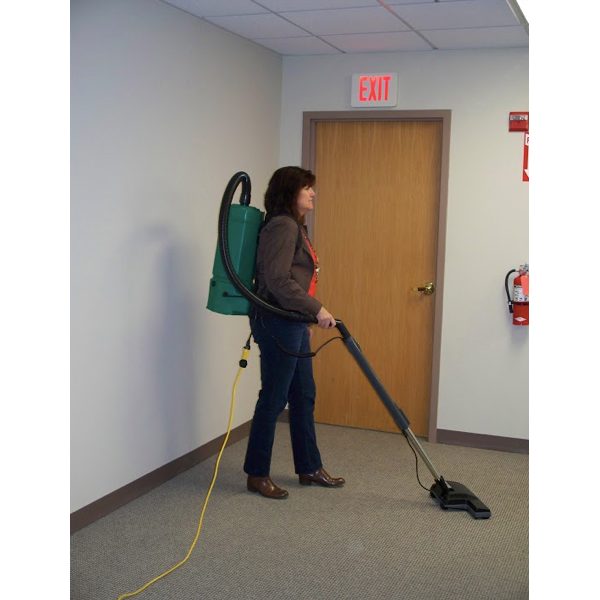
A Commercial Vacuums Buying Guide

Whether you run a hotel, own a cleaning company, or are in the food services industry, a commercial vacuum cleaner is one piece of cleaning equipment you can’t go without. Having a clean space will not only give your customers a great first impression but will also ensure the safety of your employees and anyone else that enters the building. If you’re in the market for a new commercial vacuum or are purchasing one for the first time, this buying guide will help you get educated on the different vacuums that are available so that you can make an informed decision.
What is the Difference Between a Residential and a Commercial Vacuum?
Residential vacuums are great when they’re used infrequently but will die quickly if you’re vacuuming large spaces every day. With a commercial vacuum, you get a machine that is more durable, powerful, and is built to be used consistently. They’re designed for heavy usage and even have commercial power cords, which help keep your business within safety guidelines.
Types of Vacuum Cleaners
Upright – Featuring a power cleaning head, bag or canister on the handle, and a long cord, upright vacuum cleaners are great for cleaning offices, hotel rooms, and open areas in restaurants. The size of an upright vacuum is ideal for when you’re moving from room to room and don’t necessarily have the space to fumble with a canister vacuum.
Canister – Featuring a cleaning head that’s attached to a canister that houses the vacuum bag and motor via a wand and flexible hose, canister vacuums are great for cleaning under chairs and tables in a restaurant setting. Canister vacuums tend to be quieter than other options and more maneuverable than upright vacuums.
Backpack – Lightweight and easy to carry, backpack vacuums are ideal for businesses within the cleaning and janitorial industries. With a backpack vacuum, the canister portion is worn on the back and allows the users to be hands-free, making it easy to move furniture around as the room is cleaned.
Wet/Dry – Wet/dry vacuums are designed to clean up a variety of messes, both wet and dry. This type of vacuum is ideal for cleaning up after a storm or burst water pipe and cleaning up after a renovation. When purchasing a wet/dry vacuum, consider the decibel, as this type of vacuum is typically louder than others and might require employees to wear ear protection when the vacuum is in use.
Bagged or Dirt Cup Vacuum?
Deciding between a bagged vacuum or a dirt cup vacuum? Here’s what to consider.
Bagged Vacuum Cleaners
- Dirt, dust, and debris is contained within the bag when the bag is removed
- Less filter maintenance is required
- The cost of bags can add up
- If you run out of bags, you’ll have downtime where you won’t be able to vacuum
- Less eco-friendly
Dirt Cup Vacuum Cleaners
- Typically designed with a clear front, making it easy to see if the cup needs to be emptied
- No cost for replacing bags
- Less waste
- The filters in the vacuum will need to be cleaned and replaced periodically
- Emptying the dirt cup can cause symptoms in those with allergies or asthma
Tools and Attachments
Beyond a vacuums normal tasks, there are also several attachments that might come with your vacuum or that you can purchase separately to help clean every nook and cranny.
Some common tools and attachments include:
- Dust brushes
- Crevice tools
- Upholstery tools
- Additional wands
- Specialty floor tools
If you’re planning on purchasing separate tools and attachments, make sure that they are compatible with the commercial vacuum you plan on purchasing to avoid frustration and returns!
